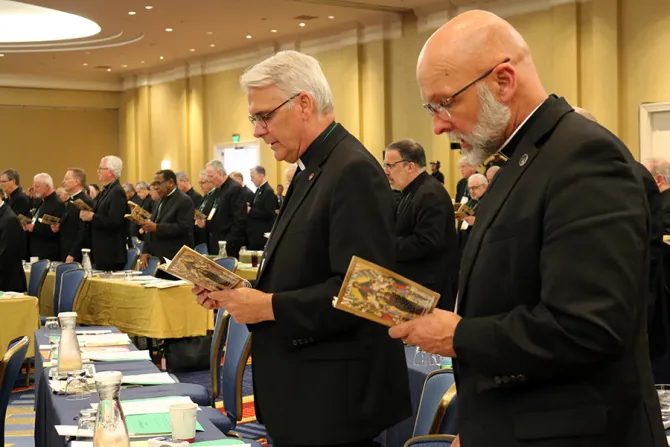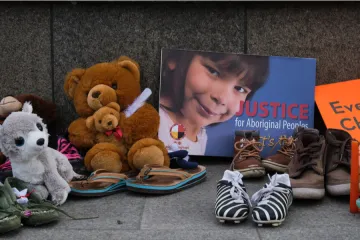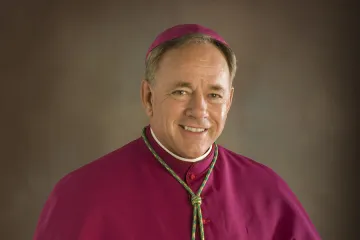Denver Newsroom, Jul 8, 2021 / 10:30 am
A spokeswoman for the U.S. bishops’ conference said it is looking to help with a new federal investigation of the history of boarding schools for Native American children.
Following the recent discovery of unmarked graves outside former Canadian residential schools, the U.S. government recently promised a comprehensive report on its involvement with the boarding schools for Native Americans.
U.S. Interior Secretary Deb Haaland, who is Catholic, announced the investigation on June 22 at a conference for Native American leaders. “[W]e must shed light on the unspoken traumas of the past, no matter how hard it will be,” Secretary Haaland said. The investigation will focus on the loss of life at the schools, as well as the consequences and legacy of the federal policy of sending indigenous children to the schools.
In a June 28 statement, a spokesperson for the U.S. bishops’ conference said the bishops will “look for ways to be of assistance” in the investigation. Spokesperson Chieko Noguchi said she hopes the information will “bring some measure of peace to the victims and a heightened awareness so that this disturbing history is never repeated.”
The Indian Civilization Act of 1819 led to the creation of hundreds of boarding schools for indigenous children run by the U.S. government, the Catholic Church, or Protestant communities. Children were sometimes forcibly removed from their homes to go to the schools.
Haaland, the first Native American to serve as a Cabinet Secretary, wrote in a June 11 op-ed for the Washington Post that the schools were part of “an effort to eradicate our culture and erase us as a people.”
The investigation will seek to uncover records of the schools, the names and tribal affiliations of students, and possible burial sites. A final report on the matter from the Interior Department is due by April 1, 2022.
Bishop James Wall of Gallup, head of the Subcommittee on Native American Affairs under the U.S. bishops’ Standing Committee for Cultural Diversity, said on June 17 that addressing the history of the boarding schools should be a pastoral priority of the bishops.
The boarding schools generally operated as a means of assimilation of indigenous children, with punishments meted out for speaking in native languages. The schools assumed white racial superiority and the inferiority of indigenous cultures.
Other problems at the schools included physical, emotional, and sexual abuse of students, neglect, and a lack of resources to prevent disease outbreaks.
A reckoning over Canada’s residential schools began this spring when, at the site of the former Kamloops Indian Residential School in British Columbia, the remains of 215 indigenous children were discovered on the weekend of May 22 with ground-penetrating radar. It remains unclear when or how the children died. Several hundred additional unmarked graves have since been discovered at other sites.
The residential school system was set up by the Canadian federal government, beginning in the 1870s, with similar goals as the U.S. system. The school system served as a means of forcibly assimilating indigenous children and stripping them of familial and cultural ties.
The Catholic Church or Catholics oversaw more than two-thirds of the schools. The last remaining federally-run residential school in Canada closed in 1996.






